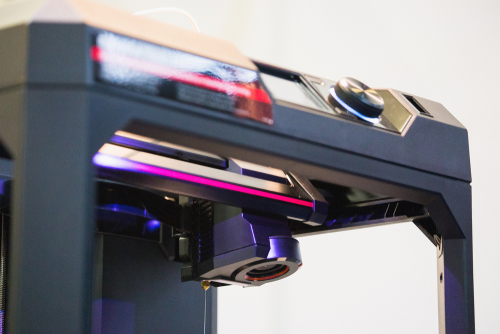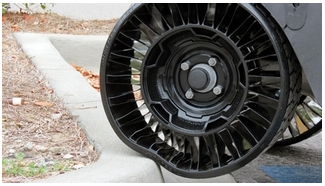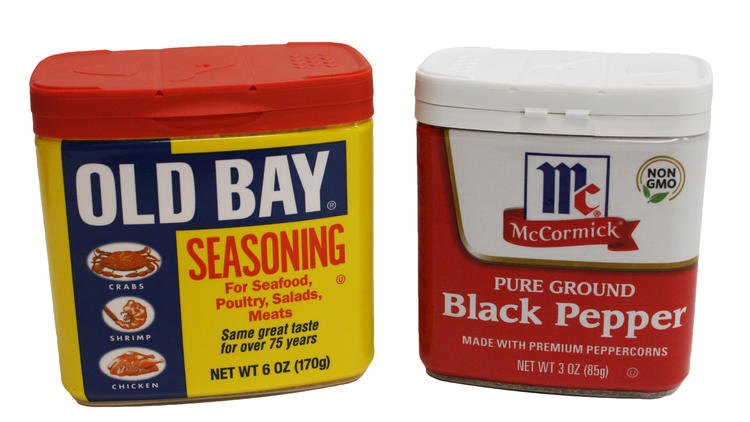All in one 3D printing
3D printing can be a useful method of crafting simple parts or replacement parts to a larger machine, but can there be another layer of usefulness added to the 3d product? It seems that a team from the University of Washington has embarked on a tricky task of 3D printing parts that can send data over wifi. The finished product involved a clever gear and spring that continuously revolves. This movement is then changed into electronic data on a WI-Fi network.
The team created and tested several versions of the gear and spring device. The receiving antenna is made of filament so there’s no foul play, the whole model is 3D printed. The break down of how this device works, the built-up kinetic energy is altered into the energy needed to transmit data. The gear has ridges that encode 0s and 1s, as the device is functioning as it pushes the encoded language into the antenna receptor.
The device does not actually connect to wifi network, instead, it reflects ambient wireless signals out that can be detected by wifi networks. This accomplishment by the Washington University team is a great step to 3D printing innovation.
Look to lees plastics to be your plastic mold supplier. Check out their past work to gain some inspiration for your next project. Call Lee Plastics today to provide you with a product that will meet your specifications.




